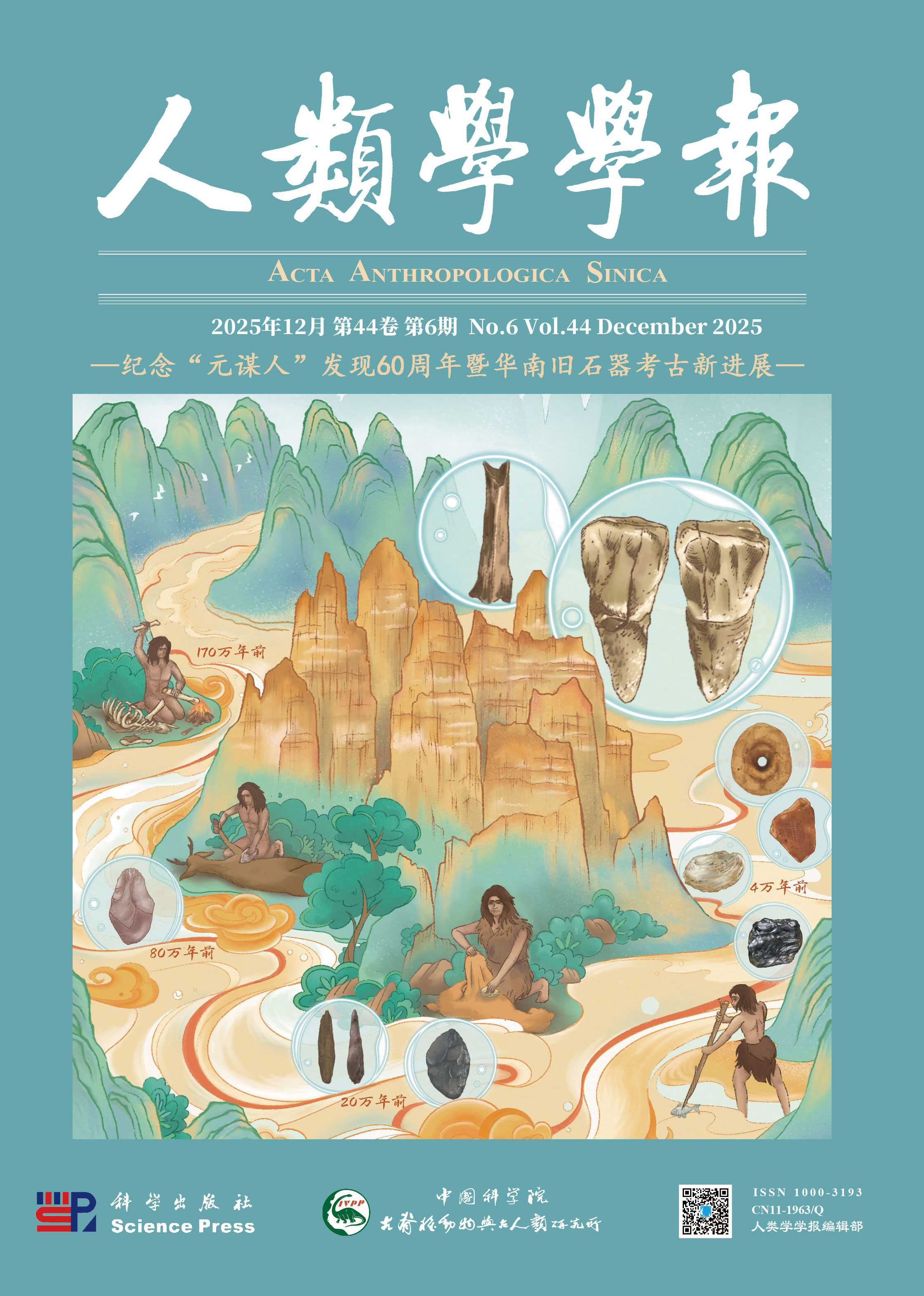The uplift of Qinghai-Tibet Plateau and its effect on paleolithic technological development in East-Asia
WANG You-ping
2003, 22(03):
192-200.
 Asbtract
(
279 )
Asbtract
(
279 )
 PDF (311KB)
(
282
)
Related Articles |
Metrics
PDF (311KB)
(
282
)
Related Articles |
Metrics
Recent research on the process of the Qinghai-Tibet Plateau uplift and its effect on environmental changes in surrounding areas have provided sufficient information for understanding human bio- logical and cultural evolution in East Asia and greater Old World. This paper will discuss the relation- ship between the uplift of the plateau and the development of lithic technology in East Asia, and its significance on human biological and cultural evolution in the Old World.
Comparative study of Paleolithic industries between East Asia and the western part of the Old World indicates that connections between East Asia and the West existed probably earlier than 1 myr, evidenced by the appearance of the same simple lithic techniques and same components of lithic assemblages in these two regions, which can be defined as “Mode 1 technology”. However, bottlenecks in cultural and gene flow between the two parts of the Old World developed during the period from the late Lower Pleistocene to early Upper Pleistocene, because the Mode 1 technology was replaced by the Acheulean industries, i. e. the Mode 2 technology soon in the West, while the core-chopper and flake- tool industries continued in the East for a long time. The principal lithic technology and components of the assemblages are distinctive between these two regions. Although there have been some recent reports of the discovery of handaxesfrom a few sites in East Asia, the Acheulean or Mode 2 technology in this vast region is still a controversial phenomenon. It seems that there were two evolutionary paths after the earliest Mode 1 technology: the Acheulean dominated the West, and cobble and flake tools controlled the East.
Such different technological development in these two regions continued. Mousterian and Blade industries dominated many parts of the West for the Late Pleistocene, in the meantime, cobble and flake tool traditions were well preserved in East Asia. The so-called East Asian Middle Paleolithic was a continuation of the previous core-chopper and flake-tool tradition, different from the Mousterian in- dustries in the West. Similar to the debates on handaxes, the Levallois technique in East Asia requires more evidence before a convincing conclusion can be reached. Cultural segregation between East Asia and the West seems to be broken through in the late Upper Pleistocene, evidenced by the emergence of blade industries in North China, which might indicate new cultural exchange happened between these two sides.
Recent geological investigations indicate that during the early Lower Pleistocene, the height of the Qinghai-Tibet Plateau was only about 1 500 to 2 000 m, not yet high enough as a physical barrier to prohibit the migration of early hominids. However, after the much stronger uplift during the late Lower Pleistocene and early Middle Pleistocene, the plateau became a significant physical barrier and brought about global climatic changes. It affected the surrounding areas greatly, created a huge dry desert in Central Asia, which might become a major factor interrupting human migration and cultural exchange between East Asia and the West for a long time.









